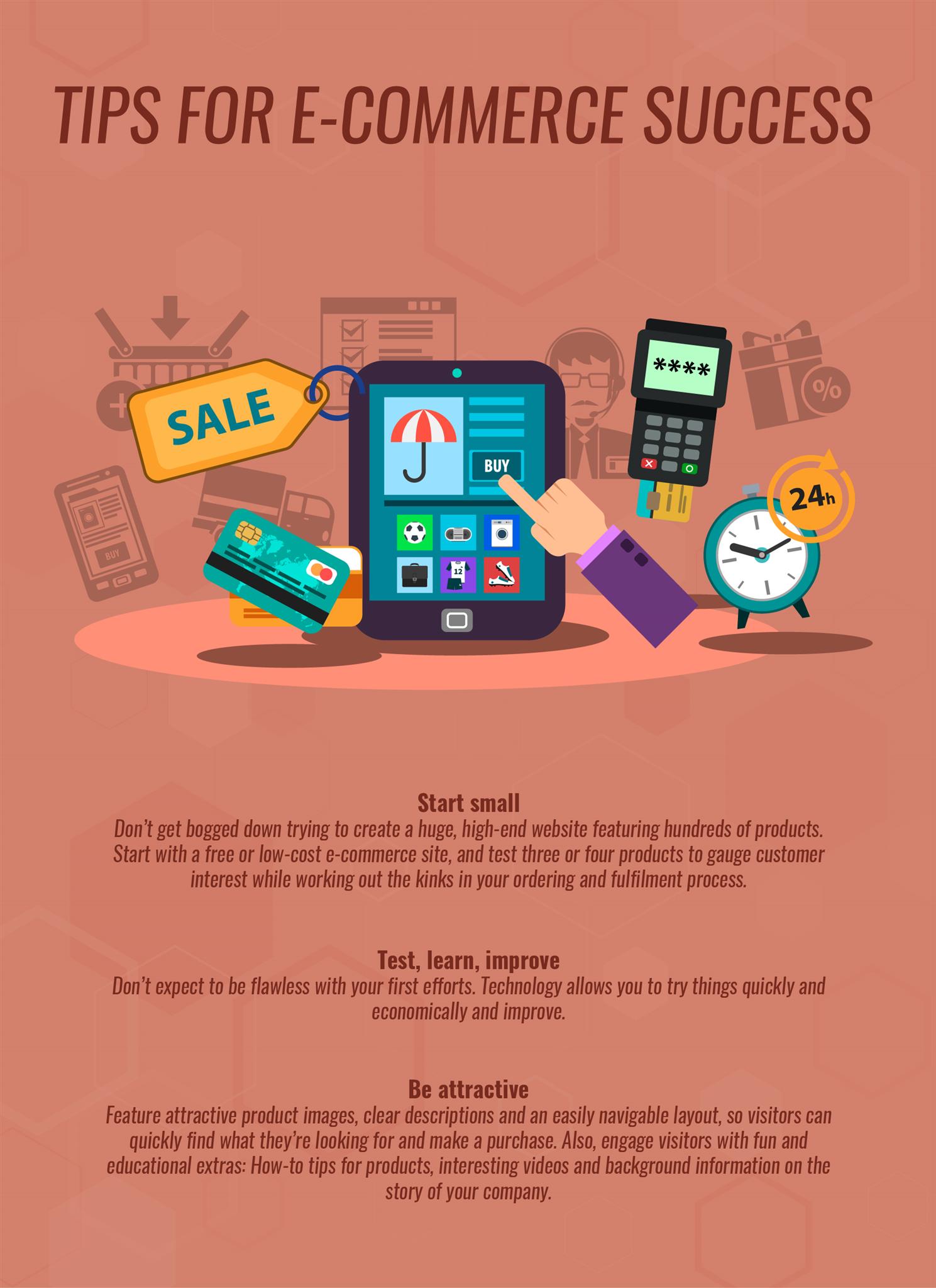
Whether referring to PAT testing services, home renovations or the broad spectrum of online retail sales, the fact of the matter is that success involves much more than products and services alone. The experience of the end user will often determine whether or not a conversion takes place. Unfortunately, many website owners tend to gloss over this fact in favour of other concerns such as marketing campaigns and product development. This is why countless portals will eventually fail due to a simple lack of buyer interest. The question is therefore how you can make your presence known through the implementation of targeted e-commerce solutions. Let us break this concept down in order to understand the finer points.
What Comprises a Solid Approach to E-Commerce?
Not all ecommerce software has been created equally. Although we will discuss this fact in the next section, it is first important to focus upon the approaches which have proven to be successful in the past. We should understand that the concept of “one size fits all” has no relevance within the online sales community. Discrete approaches must be taken based around the needs of the target audience. How can this be achieved?
Website owners must be able to understand their demographic as well as their niche market. Some pivotal questions to ask include:
- What are the buying habits of my customers?
- What products seem to be the most appealing?
- Which pages are receiving the highest number of inbound hits?
- How many potential clients fail to follow through with an order?
The final query is extremely critical, as a website which employs a less-than-optimal e-commerce platform is bound to lose business over time. This leads us directly into the next point.

The Benefits of Third-Party Software Platforms
Online business owners will often founder when it comes to integrating e-commerce architecture into their website. Some attempt do-it-yourself approaches that often end in failure or an otherwise obtuse framework. Others prefer the cheapest model on the market; eventually resulting in poor results. This is why opting for professional third-party software such as the cloud-based systems offered by Shopify is always a wise choice.
The main reason behind this perspective involves the user-friendly nature of the platform itself. No prior experience is required and yet, a fully functional interface can be created in no time at all. There are likewise a handful of turnkey solutions at the immediate disposal of the owner. Some of these include:
- Real-time inventory tracking.
- The ability to spread a marketing campaign across multiple online channels.
- Thorough and responsive customer support options.
- Drag-and-drop functionality.
- An entirely modular nature.
A common fallacy is that websites fail due to nothing more than a poorly chosen product. On the contrary, e-commerce solutions will just as easily impact performance over time. Even the most innovative offers on the market will not appeal to an audience if they are not presented in the most effective and appealing manner.













